Scotland met England on 27 March 1871 at Edinburgh Academicals' ground in Raeburn Place but although both teams were photographed there were not thought to be any pictures of the match in progress.
However, when I came across this engraving in a print dealer's catalogue I soon realised its significance. Previously unknown to historians, it was published four weeks after the match in a short-lived publication called The Illustrated Newspaper, originally in black and white then colourised at a later date.
It is signed J McL R, the initials of John McLaren Ralston (1849-83), a talented 22-year-old Glaswegian artist who was starting to make a name for himself in a career that brought admiration from, among others, Vincent van Gogh.
What makes Ralston's illustration all the more intriguing is that his elder brother William (1841-1911) famously drew the sketches of the first association football international, which took place the following year.
When Jack Ralston headed over to Edinburgh in 1871, he joined an enthusiastic crowd of around 4,000 crammed into Raeburn Place to witness the inaugural rugby international. He had ample opportunity to draw a number of character studies and used a degree of artistic licence to capture the scene, placing his focus on the spectators in the foreground. They are paying scant attention to the match, some of them engaged in discussion or argument and they are clearly well-to-do, including a finely dressed lady. Whether they relate to specific individuals is hard to say.
There are other interesting aspects to the scene, as it appears to confirm that the playing surface was laid out between the slope of the ancient archery mound, which used to be a feature of ground, and its boundary on the east side. The English team actually complained that the pitch was too narrow, just 55 yards wide. Also of interest, the goalposts are much shorter than in modern times.
The idea that the international pitch was squeezed into a corner of Raeburn Place is emphasised by the absence of spectators behind the north goal, a slope would have given a good vantage point but was on neighbouring farmland and separated from the sports field by a burn. In the distance can be seen the buildings of South Inverleith Mains Farm, which was bought by the city and demolished in 1889 to create what is now Inverleith Park.
Ralston was only 22 at the time and his drawing of the scene was an exciting addition to his portfolio. He must have taken it directly to his publisher as he is recorded in the London census just five days later. Over the coming decade he was in much demand as an engraver and his prolific output appeared in journals such as the Illustrated London News, not to mention many books. He covered a range of contemporary, rustic and historic scenes and among them are more sporting subjects such as bowls, croquet and curling. His talent was even admired, somewhat incongruously, by Vincent van Gogh, who described one Ralston print as 'exquisitely done'.
Rugby football, on the other hand, went from strength to strength, and the Raeburn Place ground, which opened in 1854 as a school sports field, is itself currently being transformed. Jack Ralston's impressions of the first match will go on public display for the first time at the new Museum of International Rugby, due to open there in 2020.
You can also read an article about this discovery in The Times newspaper.
The full story of the first football internationals, both rugby and soccer, is detailed in my book 'First Elevens', available here price £9.99 post free.
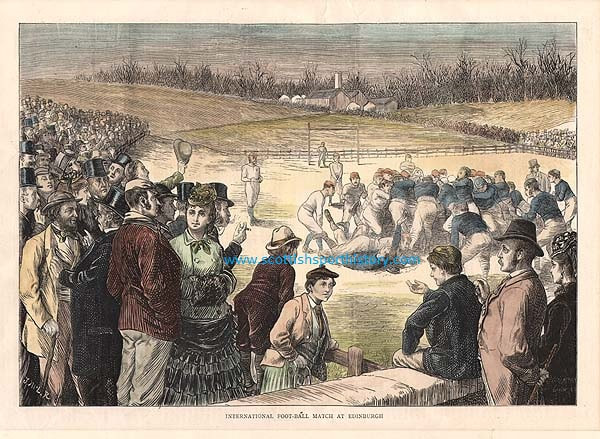
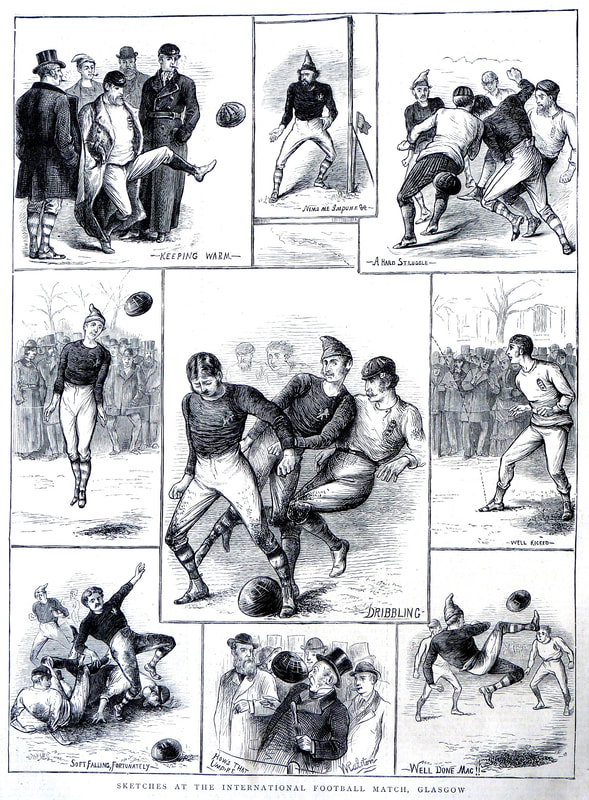
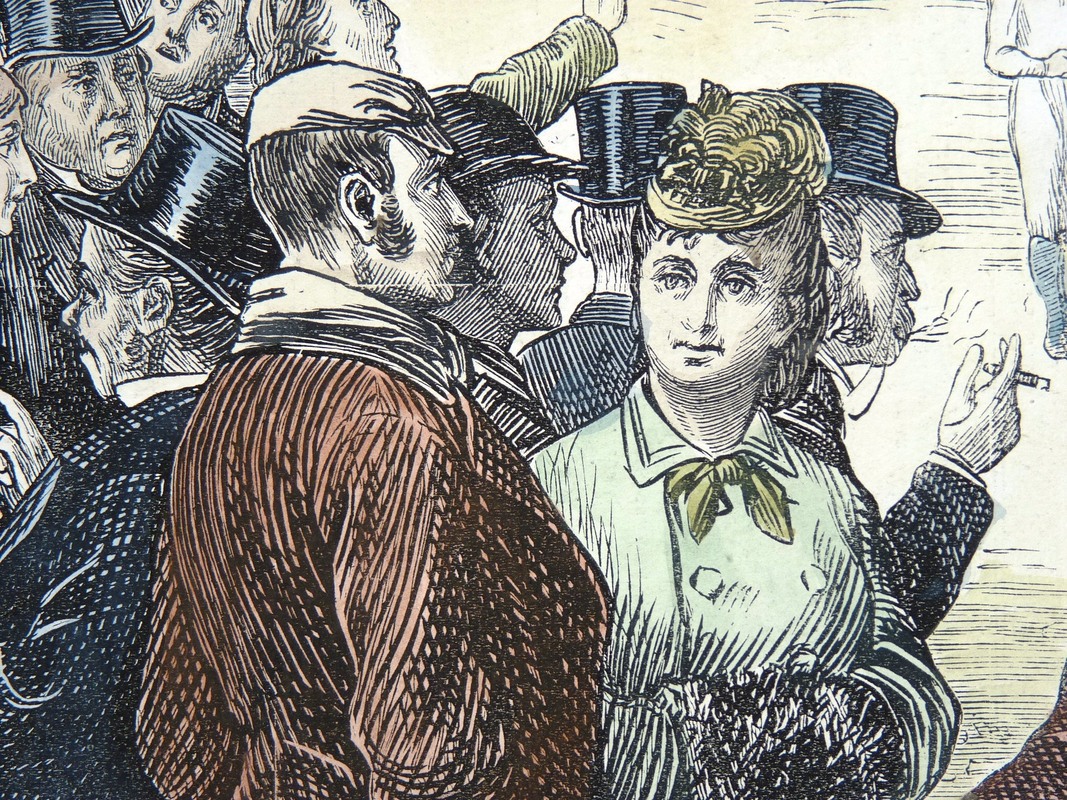
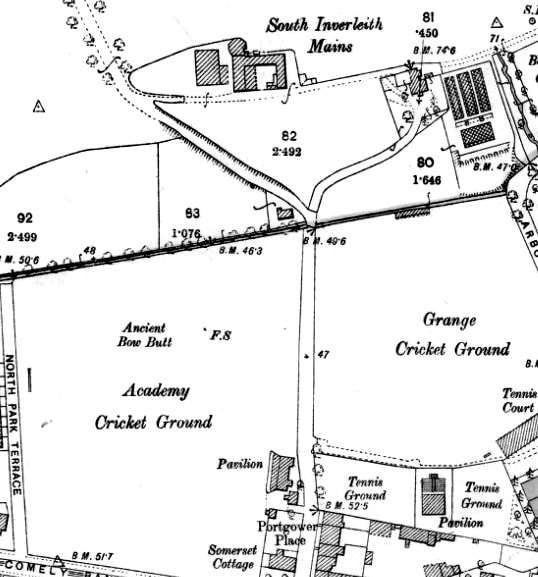
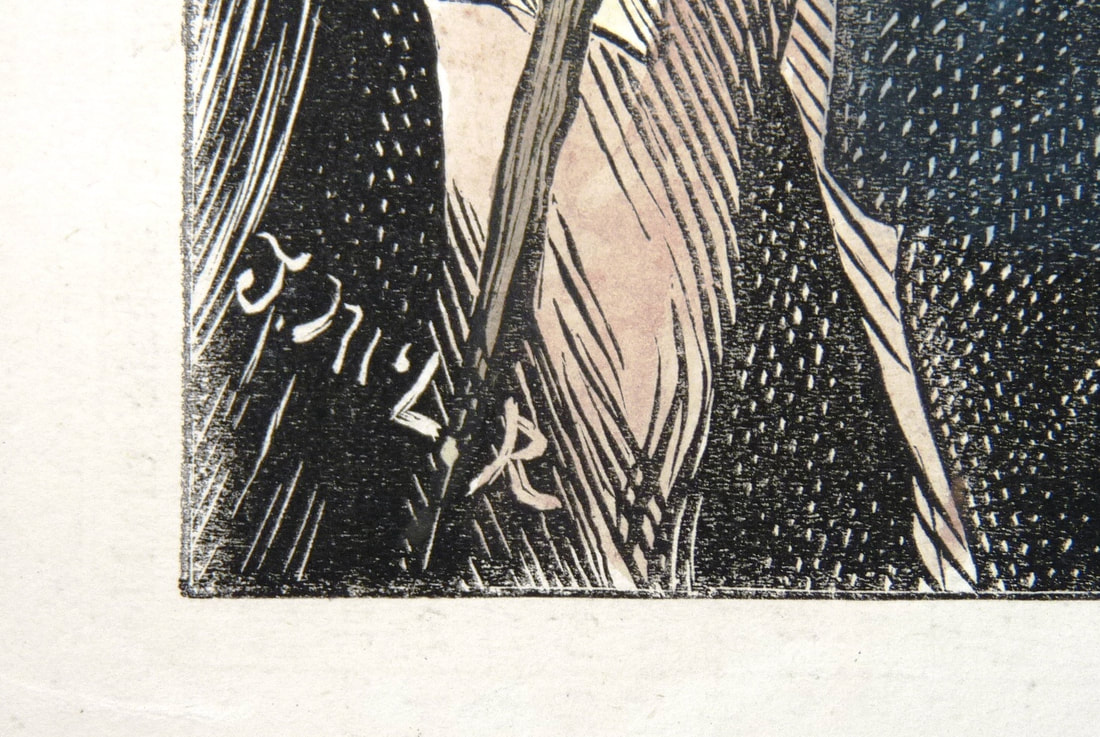
 RSS Feed
RSS Feed